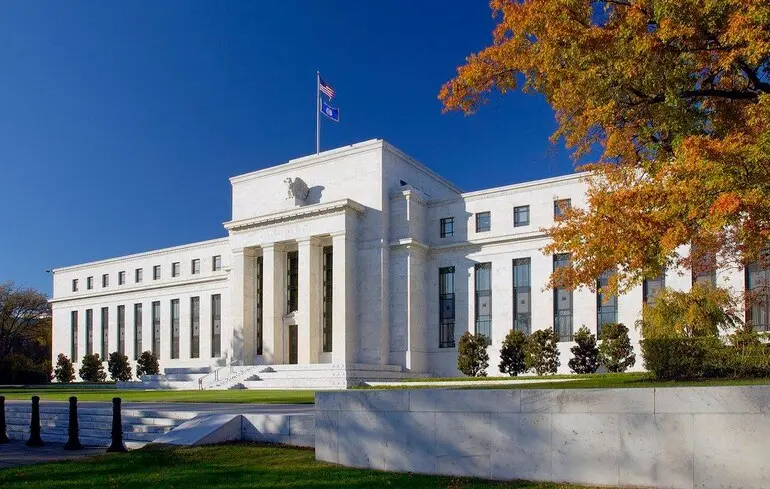Federal Reserve cuts key interest rate: a new chapter in U.S. monetary policy

The recent decision by the Federal Reserve System to lower its benchmark interest rate by 0.25 percentage points marks a significant shift in the United States’ monetary policy landscape.
This is the first rate cut in 2023 and comes amid rising concerns over the labor market’s condition and potential risks to economic stability.
The move, supported by 11 out of 12 Federal Open Market Committee members, reflects the Fed’s response to the ongoing weakening of the labor market indicators, such as a slowdown in employment growth and a decline in new job creation, notably in August.
Recent data reveal a notable deceleration in hiring activity, prompting policymakers to act.
Fed Chair Jerome Powell stated that these measures aim to prevent a prolonged spike in inflation and to avoid further economic troubles, emphasizing that the current focus is on employment rather than inflation.
According to Powell, labor market signals show signs of weakening, reducing the likelihood of persistent inflation, which justified the rate reduction.
Most analysts anticipate further rate cuts before the end of the year, indicating a shift toward a more accommodative monetary stance.
Meanwhile, the National Bank of Ukraine has kept its key rate unchanged, citing internal economic conditions and external factors.
Recent reports highlight a slowdown in new job creation and revised employment forecasts extending to March 2025, suggesting a cautious approach to maintaining economic stability.

